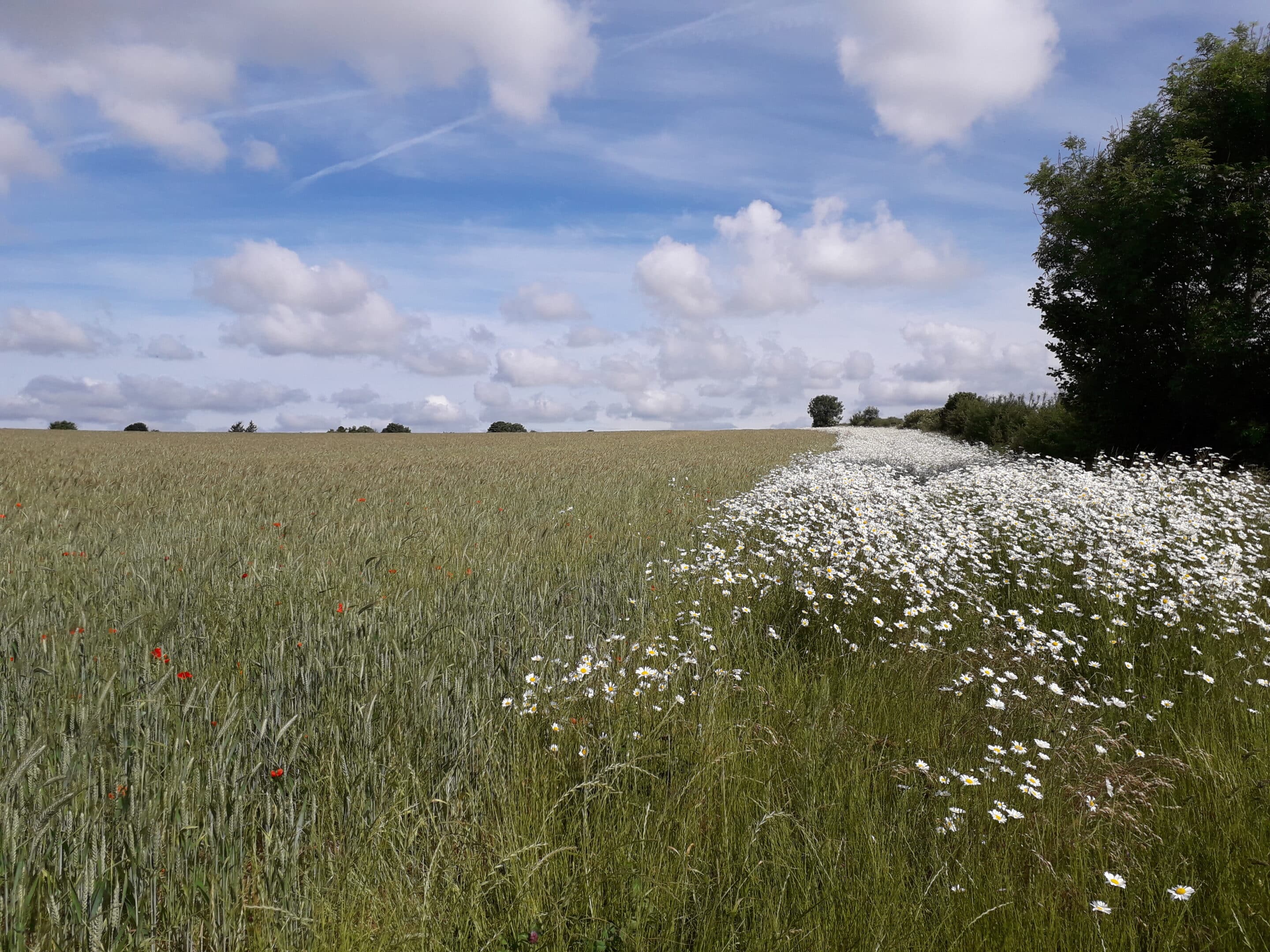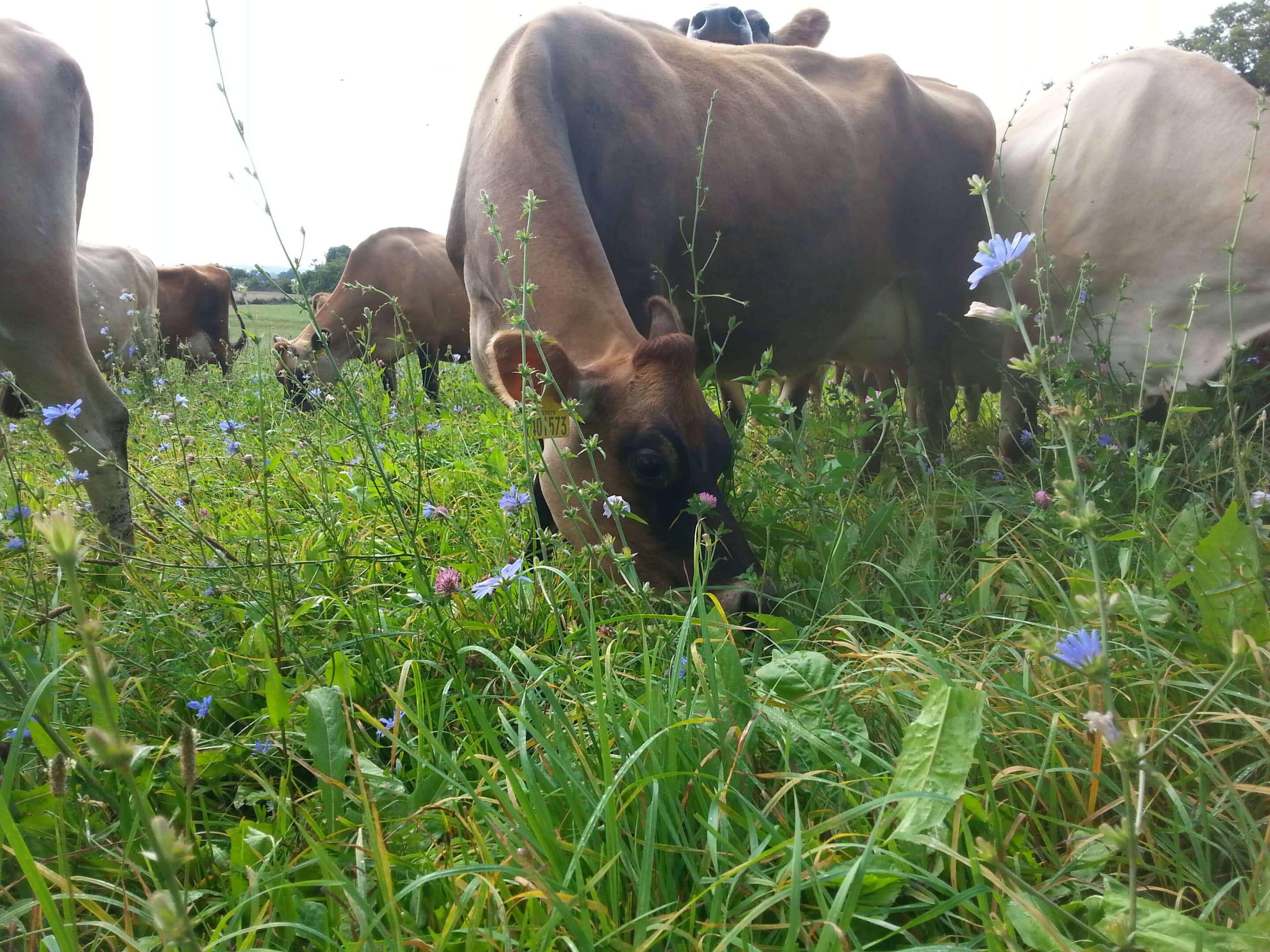- Groundwork
- Market Engagement
- Groundwork
- Market Engagement
Summary of Neston Park Estate
Neston Park Estate is a 2,000-acre estate in Corsham with 800 ha of farmland. The Estate has been farmed organically for 25 years and is currently exploring the possibility of selling carbon credits. The Estate’s Farm Manager, Paul Redmore is working with the Trinity AgTech Sandy tool to develop a carbon audit of the farm, which has shown that the Estate is currently carbon negative, sequestering an additional 500 – 1000 carbon units every year, beyond what can compensate for the Estate’s own emissions.
The Estate owners are not interested in changing their farm management practices to maximise carbon sequestration potential or develop BNG units but rather want to balance agricultural production, maintaining the Estate’s historical character and conserving nature.
Farm Profile:
- Location: Corsham
- Size of Land: 800 ha farmland on 2000 ha estate
- Tenancy & Ownership: Family-owned estate with 6 tenants
- Nature Market Focus: Carbon (soil & woodland)
- Interventions: Organic farming, woodland management, reduced inputs
- Project Partners: Trinity AgTech
Acknowledgements
With thanks for his time and insight for this case study:
Paul Redmore Farm Manager, Neston Park Estate
Published 09/04/2024
Key Takeaways
- Neston Park Estate’s organic farming practices has yielded substantial carbon credits without the Estate needing to further change its management practices
- Neston Park Estate conducted a carbon audit using Trinity AgTech’s Sandy tool which is ISO-accredited.
- The Sandy tool has users input data that many farmers are likely to possess already such as cropping and livestock data, records on inputs and soil analysis which farmers may have already done as part of SFI
- The Estate is not further changing its management practices to increase soil carbon
What prompted Neston Park Estate to start measuring its carbon footprint?
Neston Park Estate in Corsham has been organically farmed for 25 years. The Estate produces wheat, oats and barley, which is primarily used as feed for its dairy, beef and sheep herds. Much of the farm’s dairy products are sold into niche markets, where they fetch a higher price than standard milks, butters and cheeses. Recognising an opportunity to further distinguish their products and potentially enhance profitability, the Estate’s Farm Manager, Paul Redmore began to consider integrating the farm’s carbon footprint into the narrative of their farm products.
Redmore had been looking into carbon markets since 2022 and decided that a reasonable first step would be to get a carbon footprint of the farm. While unsure about the Estate’s immediate engagement in carbon markets, Redmore aimed to position the Estate favourably for potential future involvement as these markets matured. He felt confident that the Estate had a low carbon footprint but wanted to get that confirmed through an audit.
How did Neston Park Estate measure its carbon?
Neston Park Estate used Trinity AgTech’s Sandy tool to measure their carbon. The tool has users’ input data on cropping, livestock numbers, tonnage of product, soil analysis and inputs to develop a carbon audit of the whole farm business. Neston Park had existing data which could be inputted into the tool, including soil analyses conducted under SFI, so had to do only limited additional data gathering. Redmore notes that most farmers likely have much of the data they need already, due to statutory requirements to keep records on livestock and medicines and standard business records of what the farm produces and sells.
After evaluating multiple carbon auditing tools, the estate opted for Trinity AgTech due to its International Standards Organisation (ISO) accreditation and third-party verification of each carbon audit. These factors were important to Redmore as he anticipated selling carbon internationally and wanted to provide potential buyers assurance that the carbon was measured accurately.
The cost of the software is £1,500 annually which includes assistance from Trinity Agtech on data entry. It took the Estate 200 – 300 hours to conduct the initial baseline, which required inputting data from four years of farm operations. Now that the baseline is completed, Paul estimates it will take 30 – 40 hours annually to update the tool. The audit revealed that the Estate was carbon negative, with a surplus of 500 – 1000 tonnes of carbon every year. The Estate is now waiting for their audit to be verified and will then decide whether to retain or sell their carbon credits.
What is Neston Park Estate’s plan for increasing carbons sequestration?
Neston Park Estate does not intend to make significant changes to its management practices to further boost soil carbon. As a family-owned historic estate, the owners prioritise retaining the Estate’s historical character, which precludes substantial alterations to management practices or habitats. Instead, the Estate views carbon markets as a complementary aspect of its existing business and, given that current agricultural practices already yield carbon units, is content to maintain current practices.
How does biodiversity fit into the Estate’s management plan?
Although biodiversity and conservation are important to the Estate owners, they are not currently considering engaging in the Biodiversity Net Gain market. With longstanding conservation efforts across various land parcels and involvement in two Countryside Stewardship schemes aimed at habitat improvement, the Estate already maintains a high biodiversity baseline. This makes generating substantial gains in habitat challenging.
Although biodiversity markets are not part of the Estate’s current strategy, Trinity AgTech’s Sandy tool does measure biodiversity, providing scores at both field and farm levels. Integrating biodiversity scores into marketing materials for the Estate’s carbon could potentially enhance the value of carbon credits. This is discussed further in the Green Farm Collective case study for Milestone 2.
In conclusion, conducting a carbon baseline was a natural next step for Neston Park Estate, which had been focused on organic and low-input agriculture for some time. The Estate’s experience indicates that participation in carbon markets does not necessarily require a fundamental change in management practices, depending on a farmer’s goals. Conducting a baseline using an accredited tool can open up opportunities for both selling carbon and enhancing the value of a farm’s agricultural products.
Lessons Learned
“Don’t be afraid to jump in – some data is better than none and farmers are likely to have much of the data they need already. The more detail you can input, the more accurate the audit will be so get started now, with the data you have and then accuracy can be built over time.”

